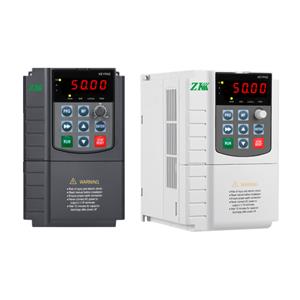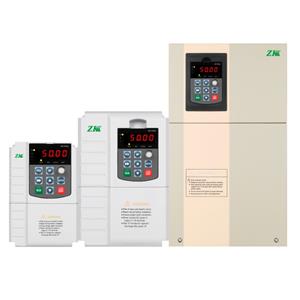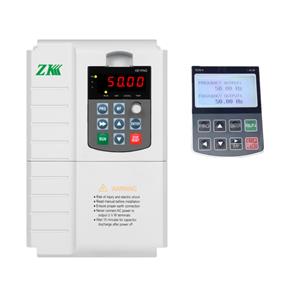Technical Specifications for Electrical Interconnections of Solar Pump Inverters
The integration of photovoltaic systems into water pumping applications has emerged as a significant advancement in sustainable resource management. Central to the operation of such systems is the solar-powered water pump inverter, a critical component that converts the photovoltaic direct current (DC) output into an alternating current (AC) suitable for powering water pump motors. The meticulous specification of electrical interconnection requirements is essential to ensure both the efficacy and the safe deployment of photovoltaic systems.
An initial consideration is the solar-powered water pump inverter's capacity to accommodate the inherently variable outputs from photovoltaic systems, which fluctuate based on solar irradiance levels. Electrical connections must, therefore, be robust and flexible enough to manage these dynamics efficiently, ensuring optimal solar-powered water pump inverter performance.
The establishment of electrical connections for a solar-powered water pump inverter commences with the appropriate configuration of photovoltaic systems. The solar-powered water pump inverter's electrical linkage to an array of photovoltaic systems, arranged in series or parallel, must align with both the voltage thresholds of the pumping system and the design characteristics of the photovoltaic systems. The resultant DC from the photovoltaic systems is then routed into the solar-powered water pump inverter.
Proper polarity in the connections is imperative—the respective positive and negative leads from the photovoltaic systems to the solar-powered water pump inverter must correspond to avoid any detrimental effects on the solar-powered water pump inverter's functionality or system efficiency. Overcurrent protection devices, such as fuses or circuit breakers, must be strategically embedded within the series strings to safeguard against electrical discrepancies.
A subsequent pivotal interconnection involves that between the solar-powered water pump inverter and the water pumping apparatus. Upon conversion of the photovoltaic DC to an AC, the solar-powered water pump inverter must duly align with the requisite voltage and frequency parameters dictated by the pump's motor specifications. Advanced solar-powered water pump inverters are equipped with programmable features that enable synchronization with these specifications and provide adaptive output modulation to maximize aquatic throughput across varying solar conditions.
The significance of an effective grounding strategy cannot be overstated, serving as a fundamental safety mechanism and contributing to the durability of the photovoltaic systems. Adequate grounding must encompass not only the solar-powered water pump inverter and the pumping motor but also extend to the metallic frameworks that support the photovoltaic systems in order to mitigate risks associated with electrical discharges and surplus voltage transients.
Auxiliary to the DC intake from photovoltaic systems and the AC delivery to the pump, the solar-powered water pump inverter may necessitate interfacing with an ancillary battery reserve to permit operational continuity during periods devoid of solar illumination. Excess energy production facilitates the charging of such batteries, which, in turn, furnish power during insufficiency. The interfacing with the battery storage demands conscientious attention to ensure compatibility with the solar-powered water pump inverter's charging conventions and prevent suboptimal system performance or damage from the improper voltage or capacity integration.
The conductors utilized in these interconnections should be accurately gauged to carry the maximal projected currents while concurrently mitigating voltage drops. The cabling must take into account the environmental exigencies, with a preference for insulation and protective conduits that are impermeable to ultraviolet exposure and climatic adversities and thus are suitable for exterior deployment.
Adherence to prevailing local electrical codes and operational standards is compulsory, as regulations may prescribe explicit stipulations for conduit systems, junction box installations, service disconnection switches, and the requisite labeling of electrical apparatuses. It is advisable that such installations be undertaken by a qualified electrician or a certified technician to ensure compliance with safety norms and regulatory mandates.
In summation, the establishment of electrical interconnections for a solar-powered water pump inverter encompasses a compendium of factors including the photovoltaic systems configuration, water pump motor specifications, comprehensive grounding practices, possible battery storage integration, conductor sizing deliberations, and strict adherence to electrical standards. Meticulous design and professional execution will guarantee that the pump functions proficiently, thus capitalizing on solar energy as a source for a dependable and eco-friendly water extraction system.




